Tags: Galaxy
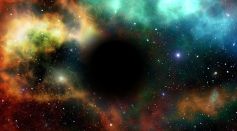
AI Boosts Image of Supermassive Black Hole M87 to Full Resolution, Leading to Stunning Results

Universe Could Be a Giant Doughnut Based on the Weird Patterns in Leftover Light From Big Bang, Study Suggests

Black Hole Spewing a Fiery Jet at Another Galaxy, Depleting Fuel Needed for Star Formation

Lonely Galaxy Spotted by Chandra in Cluster That Should Hold Many, But Why Is It Alone?
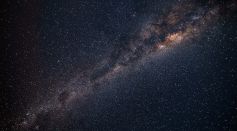
ESO's VISTA Telescope Captures Ethereal 9-Gigapixel Picture of Milky Way Galaxy, Revealing 84 Million Stars
NASA James Webb Space Telescope Spots Super-Chemically Abundant Galaxy

Stars Forming at Faster Rate in Milky Way Galaxy Than Previously Thought, Study Reveals

Very Extreme Galaxy in the Early Universe Hosts a New Type of Primordial Black Hole

Supermassive Black Hole Has the Mass of 20 Million Suns, Blazes Away From Home Galaxy at Speed That Is 4,500 Times Faster Than Sound
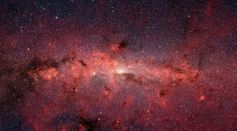
Hubble Space Telescope Spots Enormous Clusters of Galaxies Distorted by Gravitational Lensing
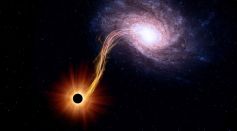
'Tadpole' Molecular Cloud Near Milky Way's Center Seems To Be Orbiting a Black Hole Hidden in the Galaxy

Messier 61 (NGC 4303) Photos Unveils Secrets of Star Formation in Distant Spiral Galaxy: Astronomy Breakthrough
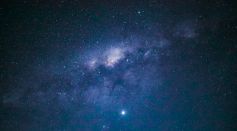
Milky Way's Twin? Astronomers Spot Cannibal Galaxy 9 Billion Light Years Away That Mirrors Earth's Very Own

ALMA Telescope Reveals Details of the Nearly Impossible-To-See 'Invisible' Galaxy From the Early Universe

Mysterious Dwarf Galaxy 'Donatiello II' Captured by Hubble Space Telescope [LOOK]
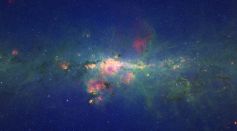
Radio Telescope Captures the Contemporary-Art-Like Heart of Milky Way Galaxy, Showcasing a Major Leap of Its Capabilities
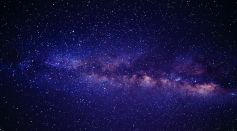
Radio Signals Picked up From Far Galaxy Could Make Probing Through Farther Systems Possible
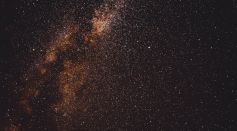
Astronomy Catalog Reveals the Presence of 3.3 Billion Celestial Objects Across the Milky Way Galaxy
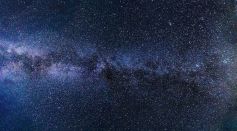
Celestial Object Blazes Through the Galaxy at 4 Million Kmph, Astronomers Say
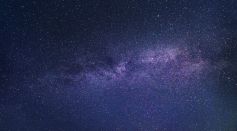
Huge Bubble of "Swiss Cheese" Surrounding Earth Has Now Been 3D Mapped For the First Time
Most Popular

Largest Known Volcanic Aquifer Discovered Beneath Oregon's Cascades

New 'Supergiant' Sea Bug Found in South China Sea, Named After Darth Vader

Mediterranean Sea Was Refilled by a Catastrophic Flood Millions of Years Ago

Mysterious Cosmic Waves That Sound Like Birds Detected in Unexpected Space Region





